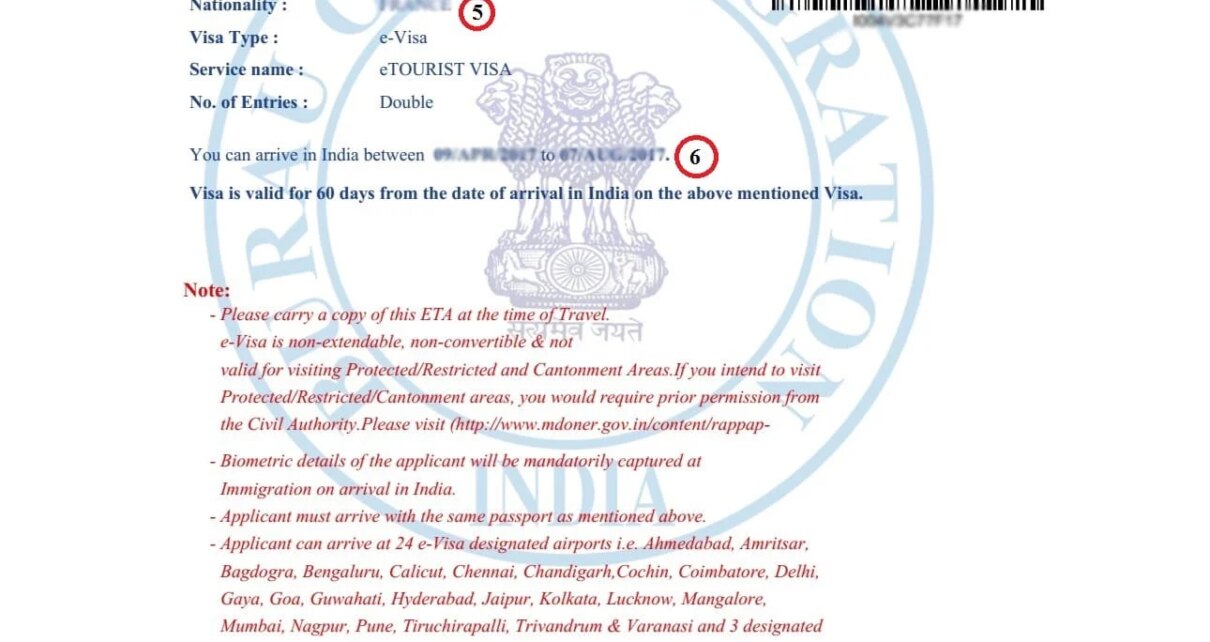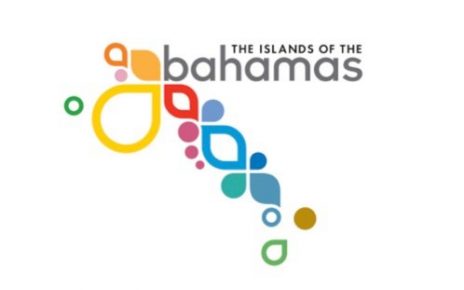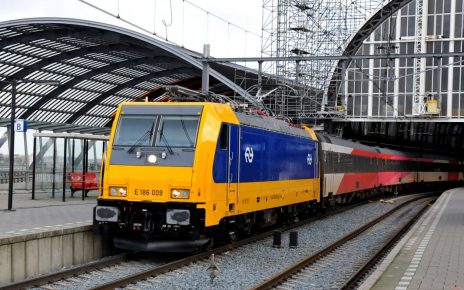Visitors from 163 nations can now apply for an Indian e-visa. The bureaucracy, and the double fee feels like a Government extortion scam.
Currently, 7.1% of the total traffic is inbound tourism . The Federation of Associations in Indian Tourism & Hospitality (FAITH), representing tourism, travel, and hospitality industry bodies, said it hopes this would increase to 15.9% by 2035.
India has a wealth of tourism attractions, destinations and niche markets. The country heavily promotes at international events and trade shows and has a good base of SMEs and some major tour operators providing inbound travel services to this billion+ people nation.
An Indian e-Visa can be granted to passport-holders in 163 nations whose sole objective of visiting India is recreation, sight seeing, casual visit to meet friends or relatives, attending a short term yoga program, medical treatment including treatment under Indian systems of medicine and business purpose.
It sounds easy enough to apply for a visa online. The cost for a 30 day visa is between $10- $25, one year $40.00 and five years $80.00
This fee can be paid by credit card during this online process.
Sounds easy, but it is confusing and bureaucratic for many, specially in western country where citizens are used to travel and have easy access.
An U.S. travel professional just applied for a 5 year visa and was turned down the first time having to submit the application a second time and a visa was issued.
There was no refund of the $80.00 paid, so the price on the visa doubled to $160.00.
India is learning from other countries, such as the United States or the UK where applicants get frequently rejected at will, and don’t get their money back.
The Indian form however is confusing to say the least.
Why are visitors expected to know a person in India when touring the country. One of the requirement is to name a person in India as a reference.
It appears hotel managers often are willing to take this task and vouch for guests he or she never saw before. It really cannot be an issue out security precaution.
One of the questions are to list the countries one had traveled in the last 10 years.
In the case of the US travel professional, he traveled to more than 70 countries in the last 10 years.
You can put a gun on my chest and I would not be able to list all the countries I traveled to.
US traveler applying for an Indian visa.
After he went through this effort and listed 49 countries, the form was rejected explaining it can only hold 10 countries in the response.
Words used in the form may be unfamiliar to many. One question was if one specifically traveled to countries belonging to a three letter code. Hard to guess what this is.
Another question referred to names of parents and grandparents and to all their citizenship they had. As a 65 year old traveler this may be a difficult question to respond to for some.
Uploading a photo following the exact requirement is easy for someone who works on Adobe Photoshop every day, but impossible for someone who uses a computer mostly for entertainment or email.
Scanning and uploading the passport photo is a little more flexible, but also has strict limitation on the form.
Paying the fee on a credit card and submitting the form was relatively easy, but there was an unexpected response by the Indian authorities.
Regardless how complete the response was the applicant should expect an email from the Home Department in India with more question.
Such questions refer to who a travel partner is or more details on the person one used as a reference.
The real problem is, one has 12 hours to respond to the email from the Home Office in India to avoid rejection.
If the email arrives at 10 pm and you don’t check your emails before 10 am, you are out of luck.
If the email was overlooked and/or not responded to within the 12 hour limit the visa is automatically rejected. It means the fee paid is lost and another application needs to be started. Finally one need to pay the fee for a second time.
IMEX Frankfurt May 23-25 is where the global business events community comes together for four exhilarating days every year. Where more than 3,000 meeting planners meet with 2,500-plus suppliers from every corner of the globe. This is where powerful business connections that offer real ROI are made. Whether you’re an events newbie or a pro (or anything in between), IMEX 2023 is exactly where you need to be. REGISTER FREE FOR IMEX NOW




